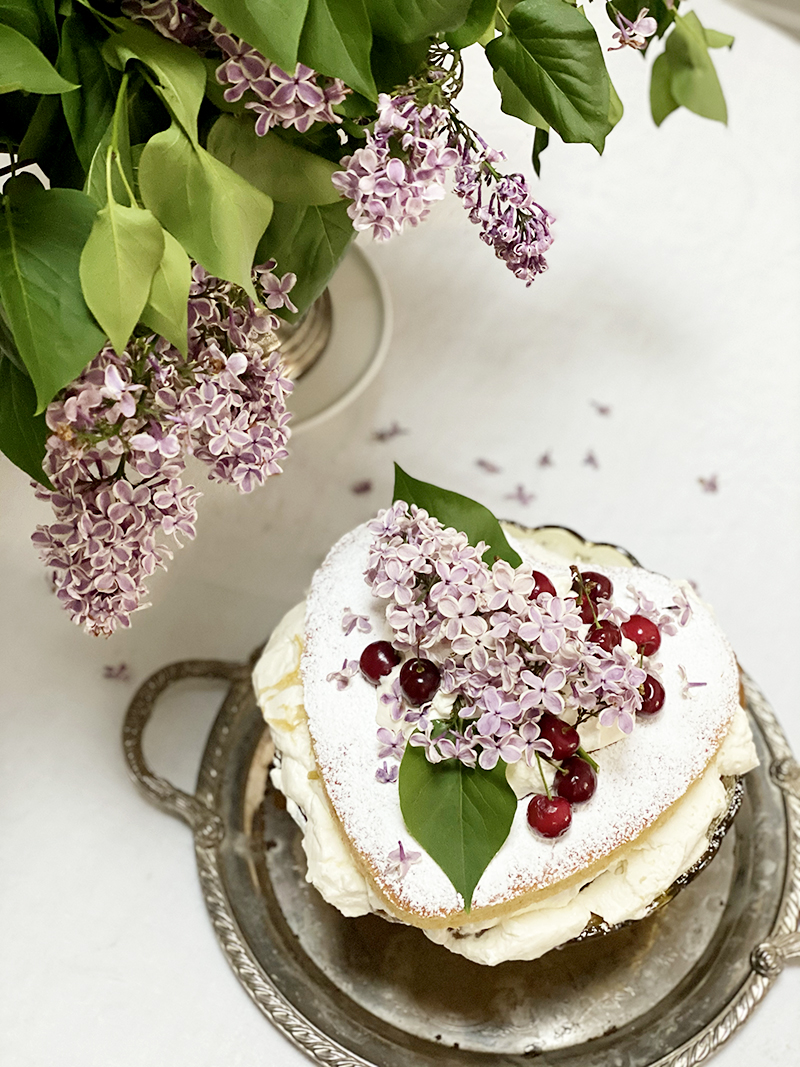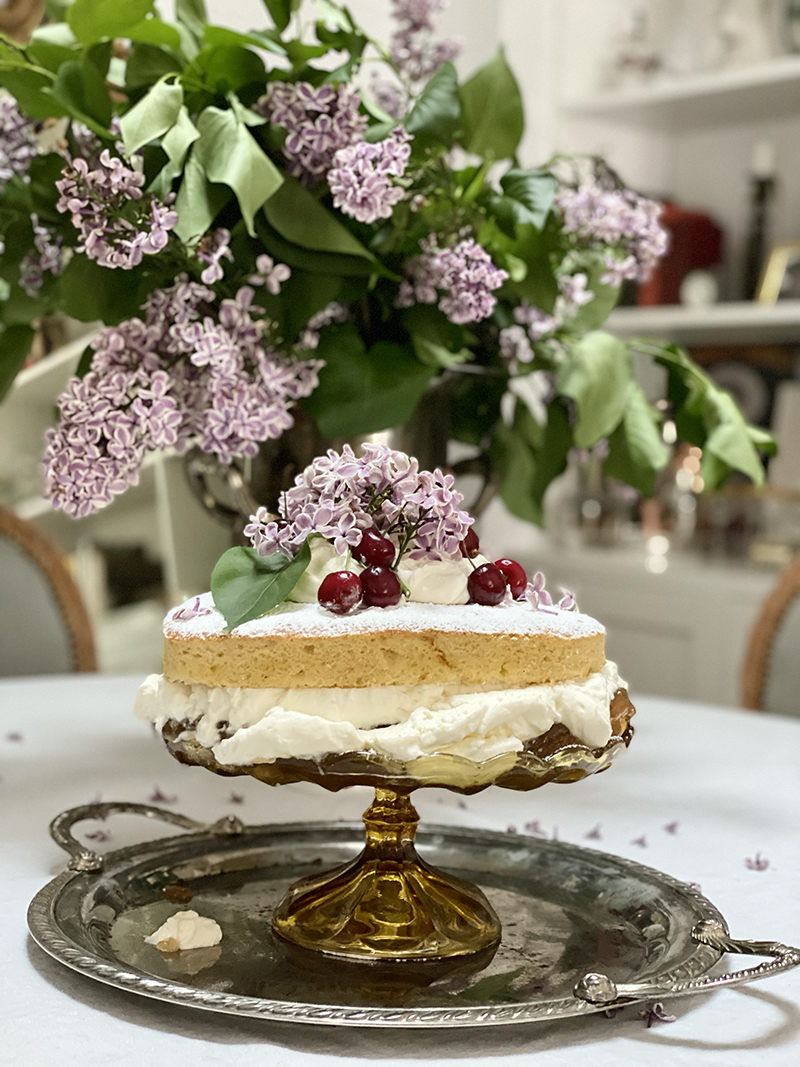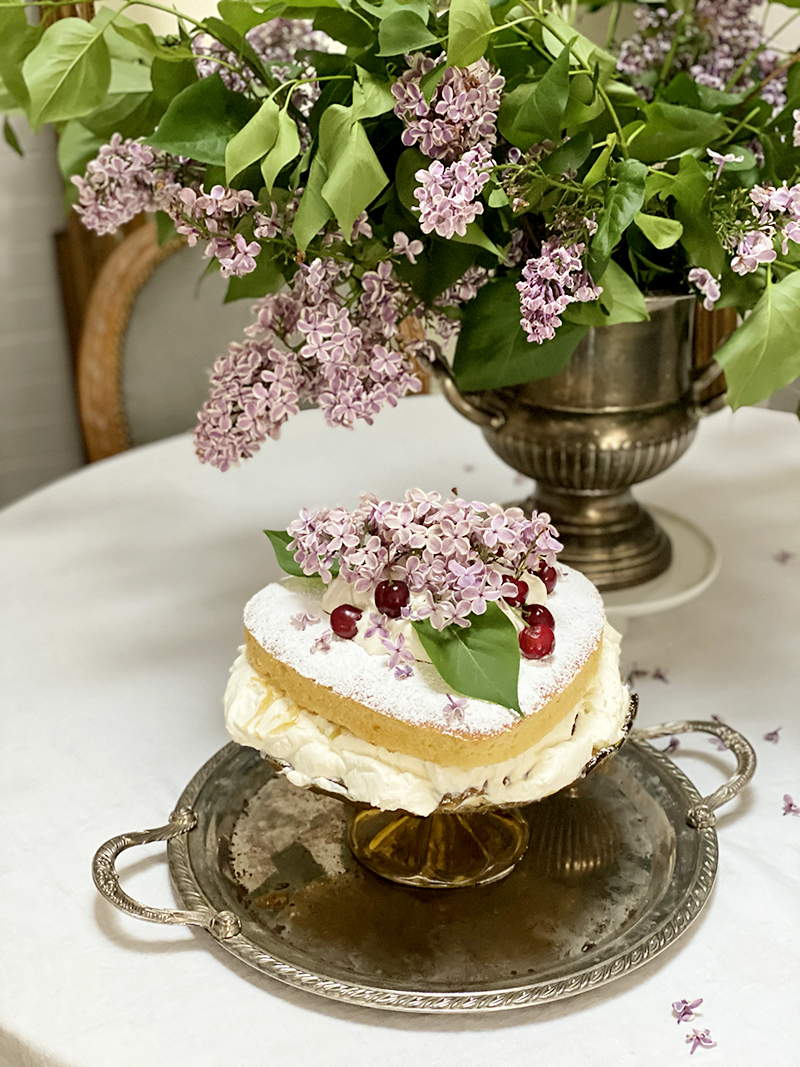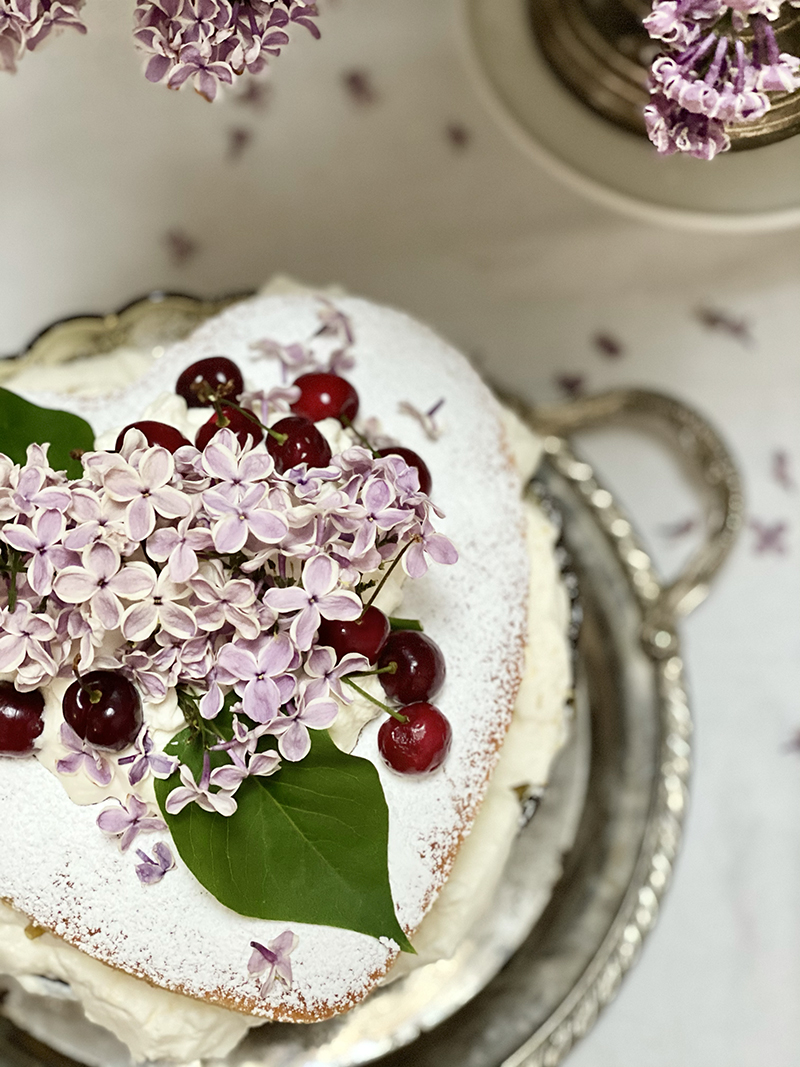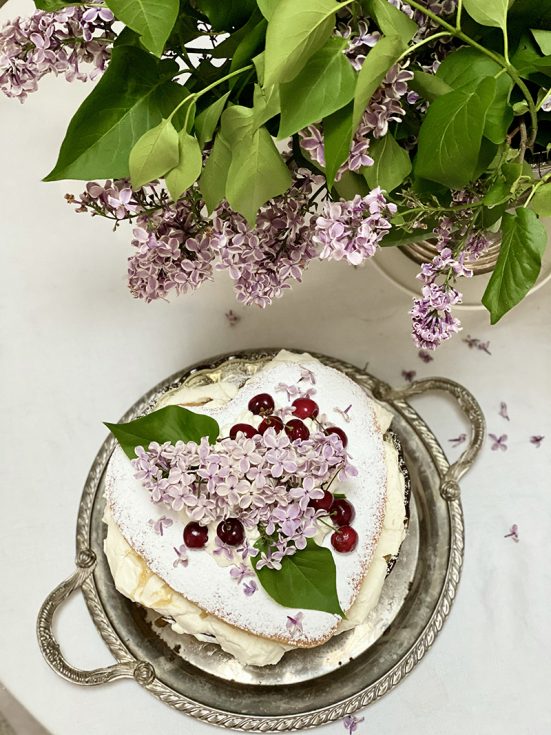
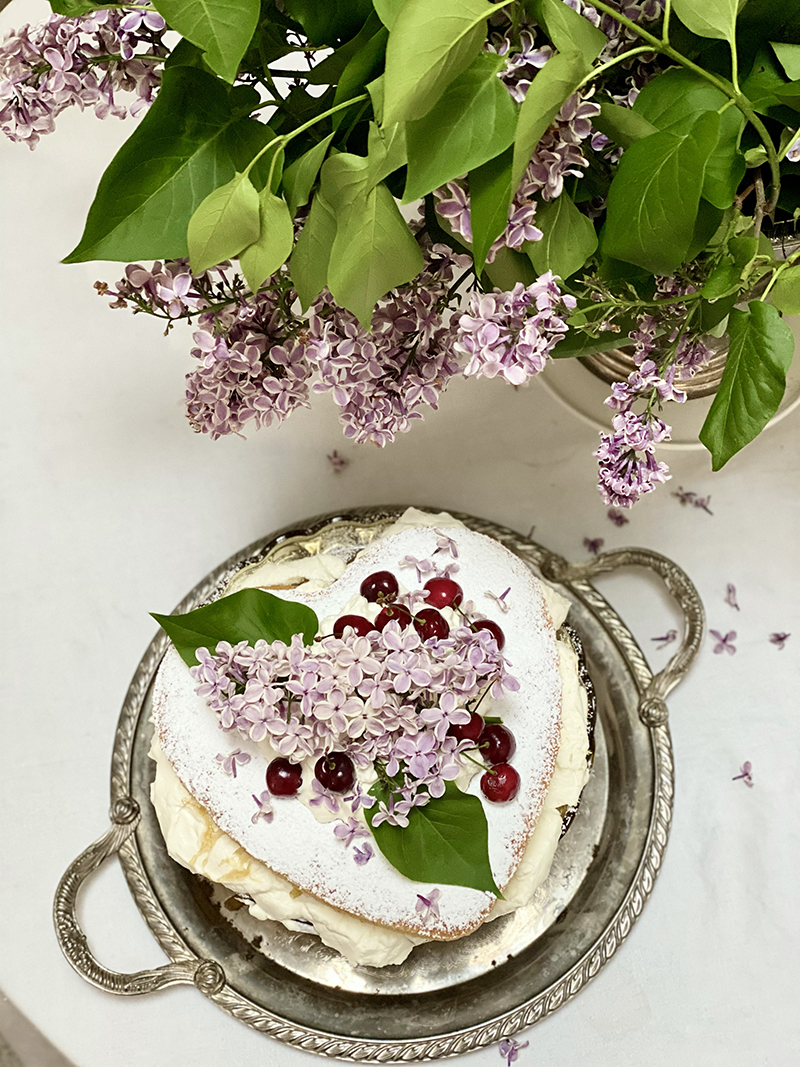
Let’s bake a royal cake! Named after Queen Victoria, who apparently invented the art of taking afternoon tea (in her boudoir) and who loved her sweets, this cake is fairly easy to pull off. I read somewhere that the British royal staff made her this cake while she was grieving the loss of her husband Albert. Whether you plan to serve it with afternoon tea, make it for a special occasion or simply to indulge in a bit of baking therapy, below is the recipe I came up with by combining three resources and with a bit of improvisation.
Ingredients
1 cup of self-raising cake & pastry flour (already includes salt and baking powder)
1 cup of softened unsalted butter
1 cup of super fine sugar (finer than regular white sugar and not as fine as icing sugar)
4 eggs at room temperature
2 TBSP of milk
1 lemon, zested and juiced
1 tsp pure vanilla extract
3 TBSP of cornstarch
Filling
1-2 cups of heavy whipping cream, 2-4 TBSP of icing sugar (until it’s sweet enough for your taste), ½ oz of Elderflower syrup or liqueur (optional – I added the liqueur because I wanted a slightly floral flavour)
1 jar of rhubarb compote or strawberry jam
Garnish
Icing sugar (to powder the top layer)
Fresh flowers and fruit (I used lilacs and cherries because that’s what I had on hand)
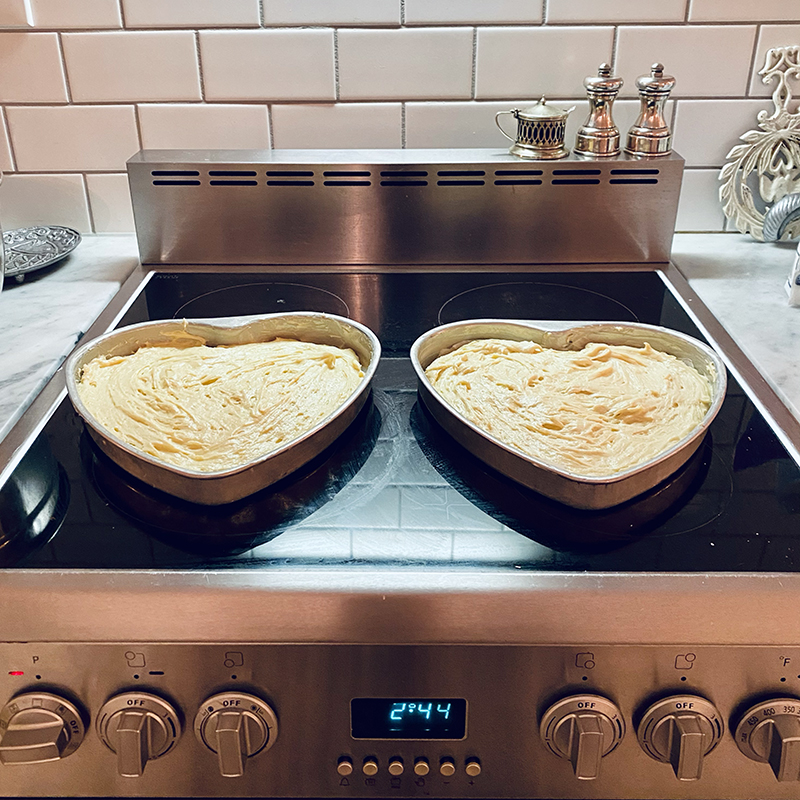
Baking Instructions
Preheat oven to 350°F, grease two round cake pans with butter and line bottoms with parchment paper. Mix the sugar, butter, vanilla and lemon zest together. I mixed mine by hand, but you could use a mixer. In a separate bowl, mix the flour and cornstarch. Add 1 egg and 1 TBSP of the flour mixture at a time to the wet ingredients, continue this until all the eggs are incorporated. Fold in the rest of the flour mixture, then add the lemon juice. Divide the batter into the two pans and smooth out to the edges with a spatula.
I baked mine for 20 mins, but every oven is different – just be sure to check the cake with a toothpick after approx. 20 mins. If it comes out clean, it’s done. Cool them in the pans on a wire rack for 10 minutes, then run a butter knife around the edges and flip the cakes out and place them flat-side down on the rack to cool completely.
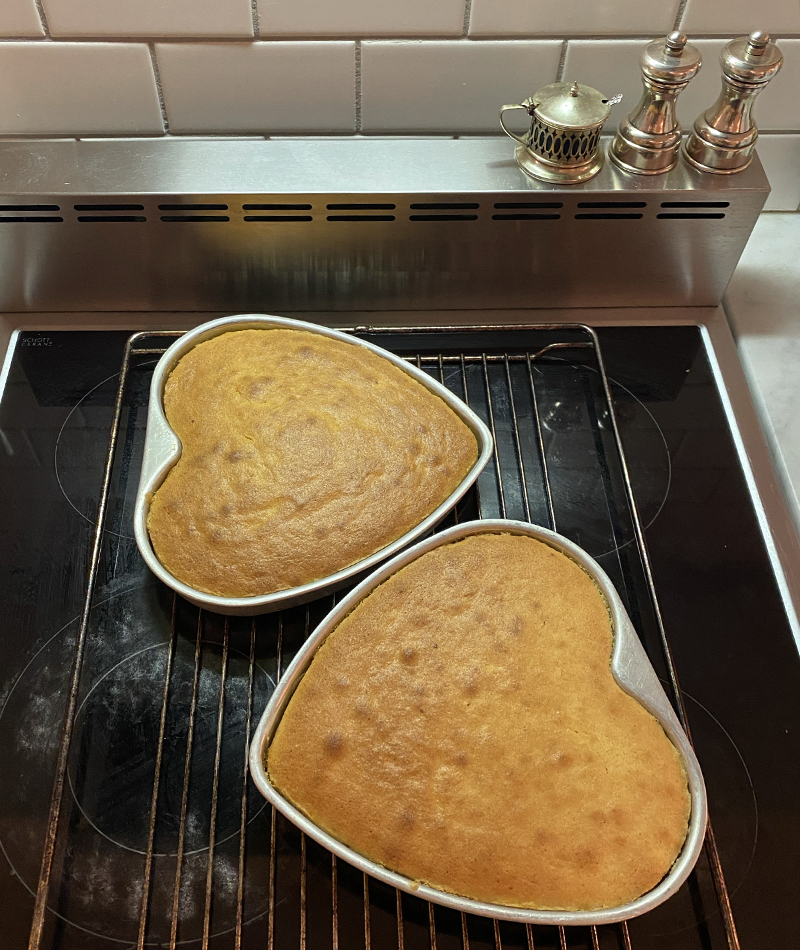
While the cakes are cooling, make the filling. I added about 4 TBSPs of icing sugar to the whipped cream and about a half ounce of Elderflower liqueur. Beat the chilled cream until you get stiff peaks. If you aren’t planning on eating the cake right away, put the whipped cream in an airtight container in the fridge until you’re ready to serve it. Otherwise, the whipped cream will start to sag. I made the cake right away in order to take these photos, but if I were taking it to someone’s home, or making it in advance, I would’ve assembled the cake at the very last minute, on-site.
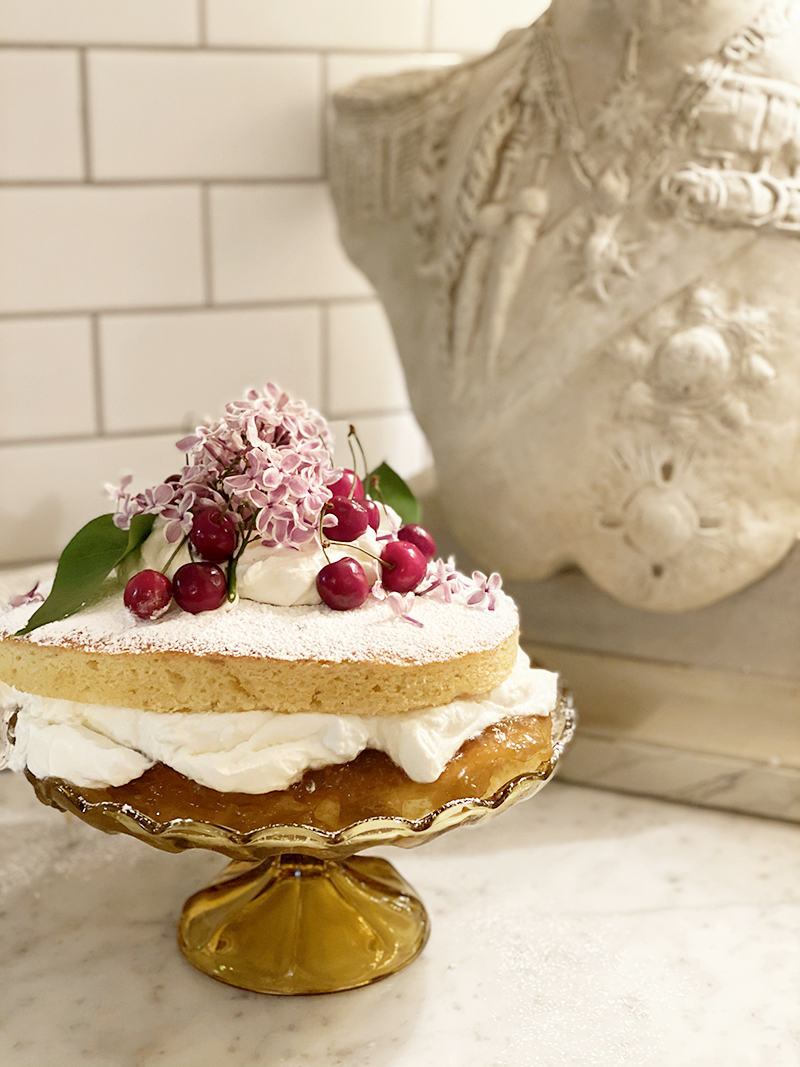
To assemble the cake, use a cake plate or stand and place the bottom layer on top, spread the jam or compote on that layer right to the edge, then add a not-too thick layer of whipped cream (I went a little overboard!), and don’t do it right to the edge so that when you add the top layer, it doesn’t ooze out as much. Add the top layer of cake, sprinkle it with icing sugar, then add your flowers and fresh fruit. Serve immediately and enjoy!
It’s such a pretty cake to impress your friends with. And it tastes amazing.
–Carrie
The recipes I consulted and then adapted are the following:
BBC good food’s Classic Victoria Sandwich (not sure why they call it a “sandwich” probably only because the two cakes are “sandwiched” together) uses a butter cream filing which I find too rich, so I mostly used my friend Aimée’s Victoria Sponge Cake recipe for the whipped cream filling and her recipe calls for orange zest and juice, but I prefer lemon so that’s what I used. She also uses ground cardamom, which I didn’t have on hand, but I’ve since picked some up, so I’ll try that next time! Finally, I also used this recipe for reference, which suggests adding skimmed milk powder to the cream to help the whipped cream keep its shape, which I probably should’ve done, because the cream quickly started oozing out of the centre and onto the cake stand.
